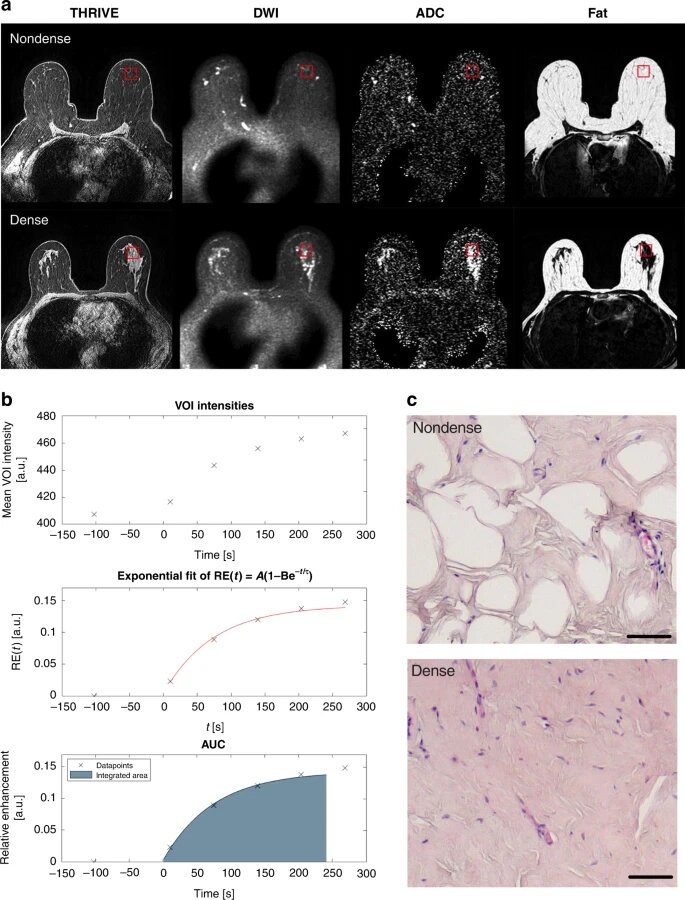Breast density has been identified as one of the risks of developing breast cancer according to researchers.
Dense breasts are more prone to developing breast cancer. Moreover, on a mammogram, they appear white compared to non-dense breasts, which look grey. Linköping University, Sweden researchers have shown the significant biological difference between dense and non-dense breasts. The results have been published in the British Journal of Cancer and researchers suggest that breasts that are dense promote cancer growth because of their properties.
Nevertheless, all breasts are not the same in appearance, some are dense and some are non-dense. It is noted that dense breasts are at the risk of developing cancer five times more than non-dense breasts. Furthermore, mammography is one of the testing methodologies, which is offered to all women above the age of 40 years in Sweden. Whereas other methods that are used for the detection of tumours include MRI and ultrasound. However, the treatment for both is the same in Sweden’s healthcare.
Professor Charlotta Dabrosin at Linköping University said,
The problem is that we don’t know what to do with the women who have dense breasts. Large studies would be needed before introducing a screening program for such women, such that we can identify those with the greatest risk and follow them in the healthcare system. This is necessary to prevent putting many women through unnecessary examinations
Connective tissues depict the density of the breasts. Precisely, they depend on everything that is not fatty since the glandular tissue is the same in all the breasts. Moreover, both connective tissue and glandular tissue appear white. In addition, cancer on mammograms also appears white.
Hence it is more difficult to detect changes in cancer in dense breasts. However, this difficulty does not explain the higher risk of cancer. Moreover, other factors are currently not known.
Biological Property of Breast Density
Dabrosin has published a study recently where he studied the biological properties of dense and non-dense breasts using an MRI method. It measured the density of breasts and other distinguishing factors compared to current methods.
The study surprisingly showed a vast difference between dense and non-dense breasts.
Dabrosin said,
There are huge biological differences between dense and non-dense breasts. What I find amazing about our results is that we can link the levels of proteins such as inflammatory proteins and growth factors with the differences in breast physiology that we showed using MRI. We found, for example, that the contrast agent diffuses differently in the different types of breast, which suggests that the blood vessels are affected
However, they are unaware of what causes it. But since the links between the physiological difference and protein are strong, the researchers believe them to be casual.
Darbosin further added,
The results raise many questions about whether it is possible to reduce the levels of these proteins and reduce the risk of developing cancer. We open possibilities that we have not previously had
Researchers are now working further on the clinical study to see if anti-inflammatory treatment can change the microenvironment of breasts that are dense.




